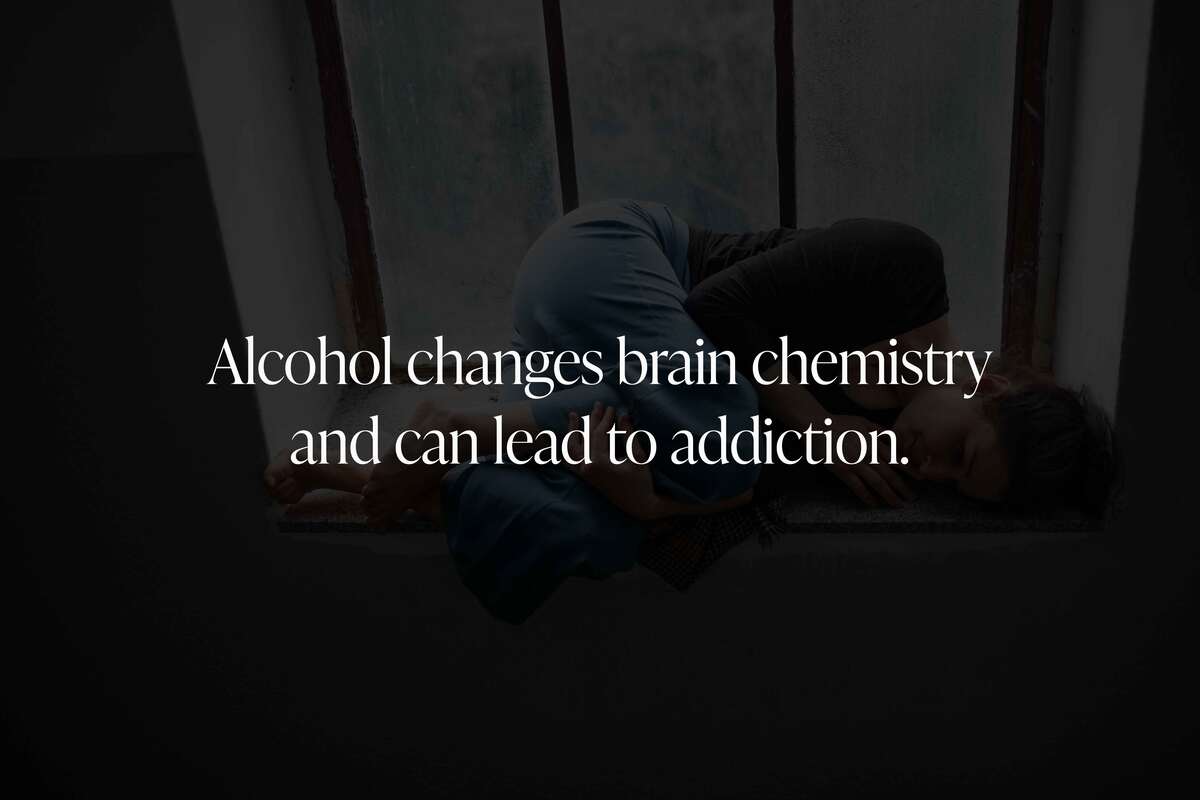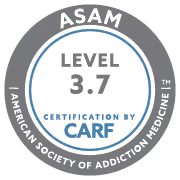Table of Contents
Alcohol Is a Drug—Legally and Medically
Yes, alcohol is classified as a drug. It is a psychoactive substance that alters brain function, mood, behavior, and cognition. Unlike many other drugs, alcohol is legal, widely consumed, and socially accepted, which often leads people to underestimate its potency. From a scientific and medical standpoint, alcohol meets all the criteria of a drug—and one with addictive potential.

What Defines a Drug?
In pharmacology, a drug is any substance that produces a physiological effect when introduced into the body. Alcohol affects the central nervous system, slows reaction times, impairs judgment, and alters mood. These effects are dose-dependent, meaning the more you consume, the more intense the effects become. Alcohol also triggers tolerance, dependence, and withdrawal—hallmarks of drug use.

How Alcohol Affects the Brain
Alcohol is classified as a central nervous system depressant. It enhances the activity of GABA, an inhibitory neurotransmitter that calms the brain. Simultaneously, it suppresses glutamate, an excitatory neurotransmitter. This combination results in:
- Reduced inhibition
- Slowed reflexes
- Memory impairment
- Drowsiness
- Poor coordination
At higher doses, alcohol can depress breathing and heart rate, potentially leading to coma or death.
Is Alcohol Addictive?
Yes. Alcohol can lead to both psychological and physical dependence. Over time, the brain adapts to alcohol’s effects, requiring larger quantities to achieve the same response—a process known as tolerance. Eventually, stopping alcohol use causes withdrawal symptoms, which may include:
- Anxiety and restlessness
- Shaking
- Nausea
- Seizures
- Delirium tremens (in severe cases)
Alcohol Use Disorder (AUD) is the clinical term for alcohol addiction. It’s a diagnosable medical condition that ranges from mild to severe and affects millions of people globally.
Why Isn’t Alcohol Regulated Like Other Drugs?
Cultural norms, historical use, and industry lobbying have contributed to alcohol's widespread availability and marketing. Despite its drug classification, alcohol is treated differently than substances like opioids or stimulants, which are tightly regulated. This disparity can lead to misconceptions about alcohol’s risks, especially among younger drinkers or those with limited health education.
Alcohol’s Schedule and Classification
While alcohol is not listed on the U.S. Controlled Substances Act (CSA) schedules, it is regulated by other federal laws, particularly the Alcohol and Tobacco Tax and Trade Bureau (TTB). In contrast, most psychoactive substances fall under CSA control, categorized from Schedule I (most dangerous) to Schedule V (least dangerous). Despite its exclusion, alcohol has comparable, and sometimes greater, public health consequences than many controlled substances.
Comparing Alcohol to Other Common Drugs
To understand its impact, it helps to compare alcohol to other familiar drugs:
- Opioids: Cause sedation and pain relief; high risk of overdose
- Stimulants (e.g., cocaine, Adderall): Increase energy and alertness; risk of heart problems
- Cannabis: Alters perception and coordination; potential for psychological dependence
- Benzodiazepines: Treat anxiety; high risk when mixed with alcohol
Alcohol shares properties with all these categories—especially depressants—and becomes more dangerous when combined with them. Mixing alcohol with other substances significantly raises the risk of overdose, respiratory depression, or fatal outcomes.
Is Alcohol More Dangerous Than Illegal Drugs?
In terms of global health burden, yes. Studies have ranked alcohol among the top contributors to preventable death and disease. It is associated with over 200 health conditions, including:
- Liver cirrhosis
- Cardiovascular disease
- Cancers (e.g., breast, liver, esophagus)
- Accidents and injuries
- Mental health disorders
Because it’s legal and often glamorized, alcohol’s risks are frequently overlooked. Its widespread use leads to more cumulative harm than many illegal substances.

When Does Casual Use Become Problematic?
Regular drinking becomes a problem when it starts to affect your health, relationships, or responsibilities. Signs of Alcohol Use Disorder include:
- Inability to cut down or stop drinking
- Drinking more or longer than intended
- Craving alcohol
- Neglecting work, school, or home duties
- Continued use despite consequences
If you or someone you know is questioning their relationship with alcohol, expert guidance can help. Visit the Addiction Guidance page at Hollywood Hills Recovery to learn more about options for support, detox, and treatment.
Final Thoughts
Alcohol is undeniably a drug—one that alters the brain, can lead to addiction, and poses serious health risks. While it may be legal and socially accepted, its effects are powerful and sometimes deadly. Recognizing alcohol’s true nature is the first step toward making informed decisions and protecting long-term health.












